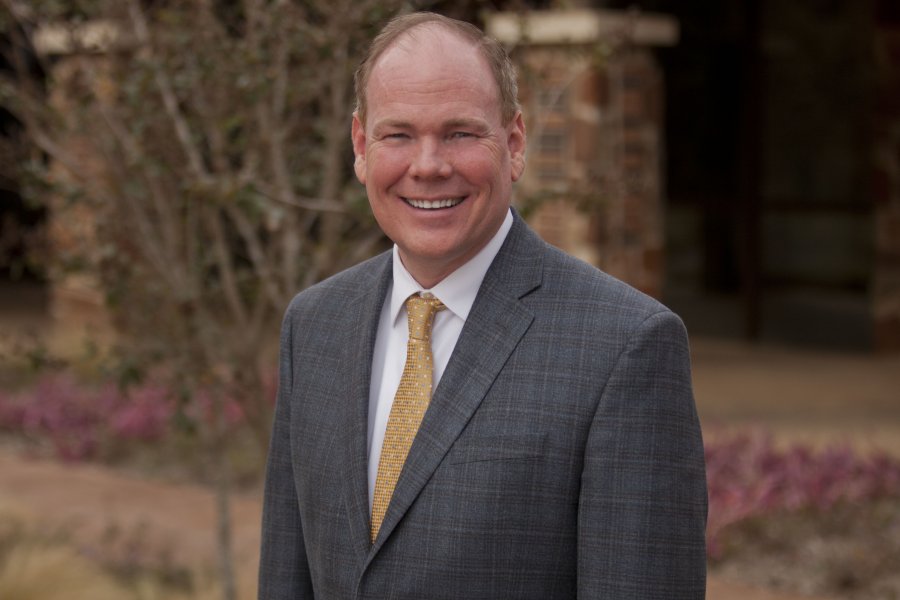
As Denton County’s population continues to grow, preserving space for parks and open spaces becomes more important for many reasons – health, quality of life, economic and environmental well-being.
When Denton County was established in 1846 amid the Eastern Cross Timbers and the Blackland Prairie to the west along the Elm Fork of the Trinity River, the newly arriving settlers never foresaw the exponential growth that would one day place the county among the fastest growing regions in the U.S.
In the early 20th century, our regional forefathers’ vision for the future brought surface lakes to Denton County, setting the stage for plentiful water resources along with a plethora of recreational activities. When Lewisville Lake was developed in the late 1950s, an estimated 2,600 acres of land was set aside for flood control. The ensuing years saw the natural habitat redevelop on the former farm and ranch acreage that in the 1990s became the Lewisville Lake Environmental Learning Area – a collaboration among entities that would create one of the largest natural land habitats in Denton County.
While we are fortunate to have LLELA and other parks surrounding our three lakes – Ray Roberts, Lewisville, and Grapevine – as well as more than 200 parks in our cities and towns, we still must plan ahead for a time when our escalating density imports a sea of office, commercial, retail, and residential development to all four corners of our thriving county.
Just take a drive one weekend along our rural Farm-to-Market roads in west and northwest Denton County and you will see acres of land still relatively undisturbed by rapid growth. Horses and cattle graze along open ranchlands while groves of trees shield a diverse ecosystem.
One of President Theodore Roosevelt’s legacies was the preservation of open spaces. In the early 1900s, he helped establish 230 million acres of public lands that would one day become the National Park System, earning him the nickname of “Conservation President.” Even then, Roosevelt realized the need to protect and preserve natural resources for future generations.
Roosevelt shared his vision of a future where natural landscapes proliferate: “We have fallen heirs to the most glorious heritage a people ever received, and each one must do his part if we wish to show that the nation is worthy of its good fortune.”
This quote encapsulates my own thoughts about the importance of preserving Denton County’s natural resources as we near the 1 million population mark.
But first, let me share why I believe open spaces and parks are so vital to our future. Providing open spaces within walking distance to all of our residents is a vital component in quality of life for young and old alike.
In the 2022 Trust for Public Land ParkScore study that was recently released, 72 percent of Flower Mound residents were reported to live within a 10-minute walk of a park while only 38 percent of Little Elm residents reside within a 10-minute walk to a neighborhood park. The median score for the top 100 largest U.S. cities with plentiful park and open spaces was 75 percent of individuals who live 10 minutes from a nearby park. We can do more to equalize park space throughout our county.
When you consider that Denton County has 879 square miles of land, with an additional 75 square miles under our three lakes, and an estimated 200 parks, we currently have 1 park for every 4.395 miles. Now add in a population of 941,647 into the equation. That equates to one park for every 4,708 residents.
While we are in a better position now than we were a decade ago, thanks to the ongoing efforts of our communities to build more neighborhood parks, knowing that 82 additional people call Denton County home every day (or 29,930 new residents each year) clearly demonstrates our need to preserve more open space.
Parks attract tourists who book rooms in our hotels, eat in our restaurants, and shop in our local stores. Corporate headquarters look at quality of life opportunities for their employees, such as having homes close to parks and open spaces. And, according to a U.S. Forest Service calculation, a single tree in a 50-year life span generates $31,250 worth of oxygen, provides $62,000 worth of air pollution control, recycles $37,500 worth of water, and controls $31,250 worth of soil erosion.
As we mark June as Parks and Recreation Month, let us realize how fortunate we are in Denton County today and reflect on where we want to be 25, 50, or 100 years from now.
Connect With Us
If you have any questions or comments, please let me hear from you. My email is [email protected], and my office number is 940-349-2820. For more information, register for my newsletter at www.Dentoncounty.gov/countyjudgenewslettersignup
"now" - Google News
June 08, 2022 at 09:38PM
https://ift.tt/oCUnDMq
Eads: Preserving space now for future parks - The Cross Timbers Gazette
"now" - Google News
https://ift.tt/aOLU7zv
Bagikan Berita Ini















0 Response to "Eads: Preserving space now for future parks - The Cross Timbers Gazette"
Post a Comment